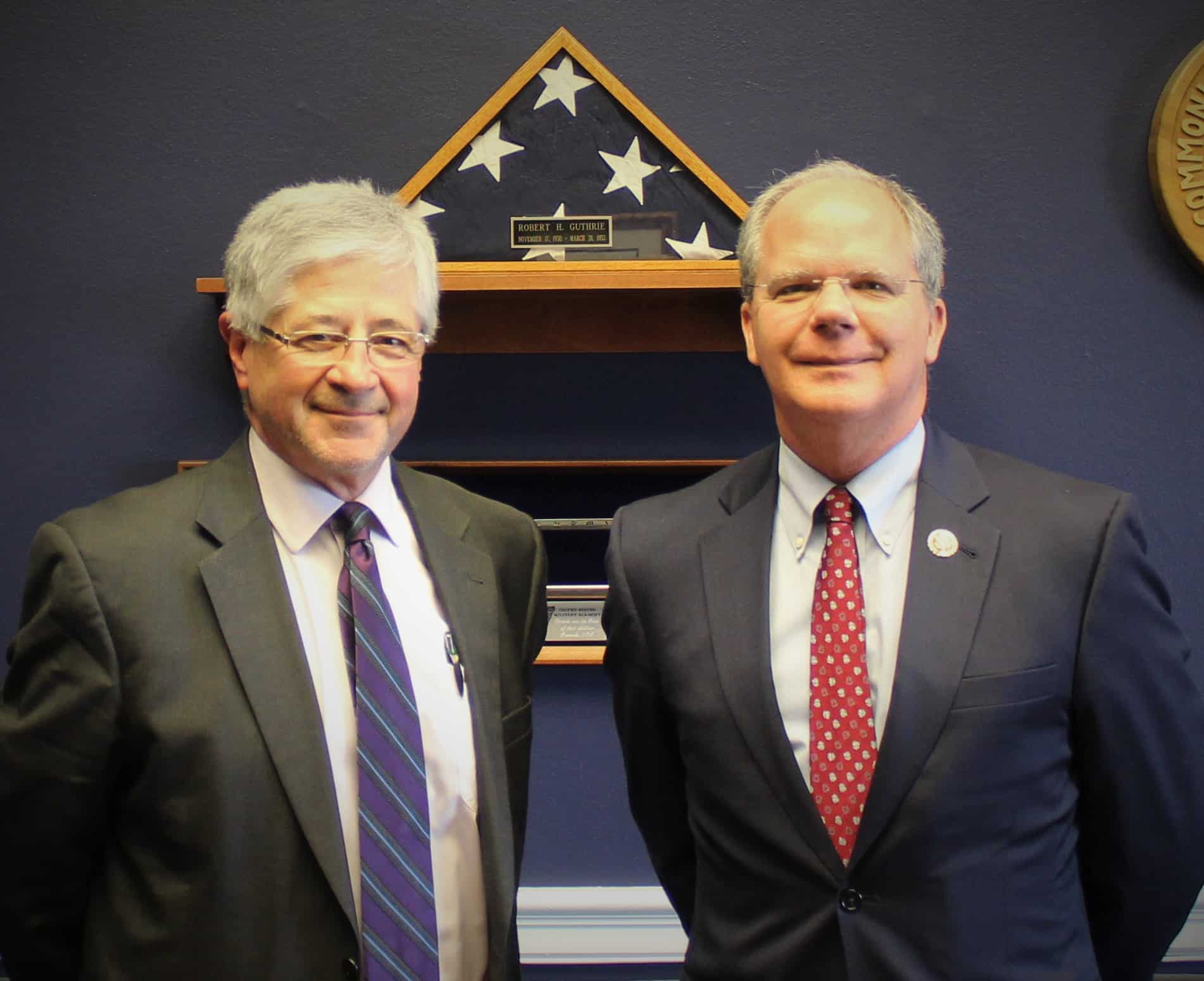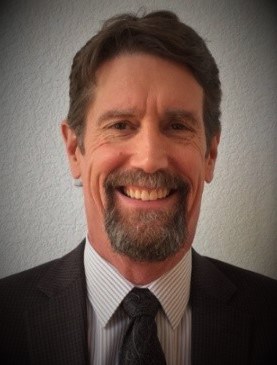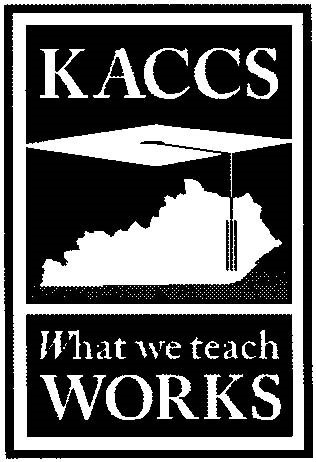In partnership with Norton | Norris Inc., KACCS is proud to announce Advanced Communication Training for Faculty & Staff and the EnrollMatch Admissions Training Program.
Unconventional Communications (for any student-facing position) This program takes what you know (or thought you knew) about connecting with others to an entirely new level. If you work with customers (internal or external), this workshop provides deep insights into what you are currently doing that is working but more importantly, what can you do to enhance connections to improve performance.
EnrollMatch® Advanced Admissions Training has stood the test of time by providing an updated framework in working with today’s student. Imagine being equipped to advise and empower prospective students to find the best programmatic, educational, and organizational fit. The philosophy is simple. Prospective students exhibit a “Want/Need” and while other training programs stop there, EM delves deeper to help prospective students and admission professionals alike discover what created the “Want/Need,” what will fight against change, and what needs to be managed for change to happen.
Click here for details on how to access the Norton | Norris training opportunities. Receive a 10% discount when you use the code: NnEM2020-KACCS
Click here for more information on the research and analysis that informs these training programs.







